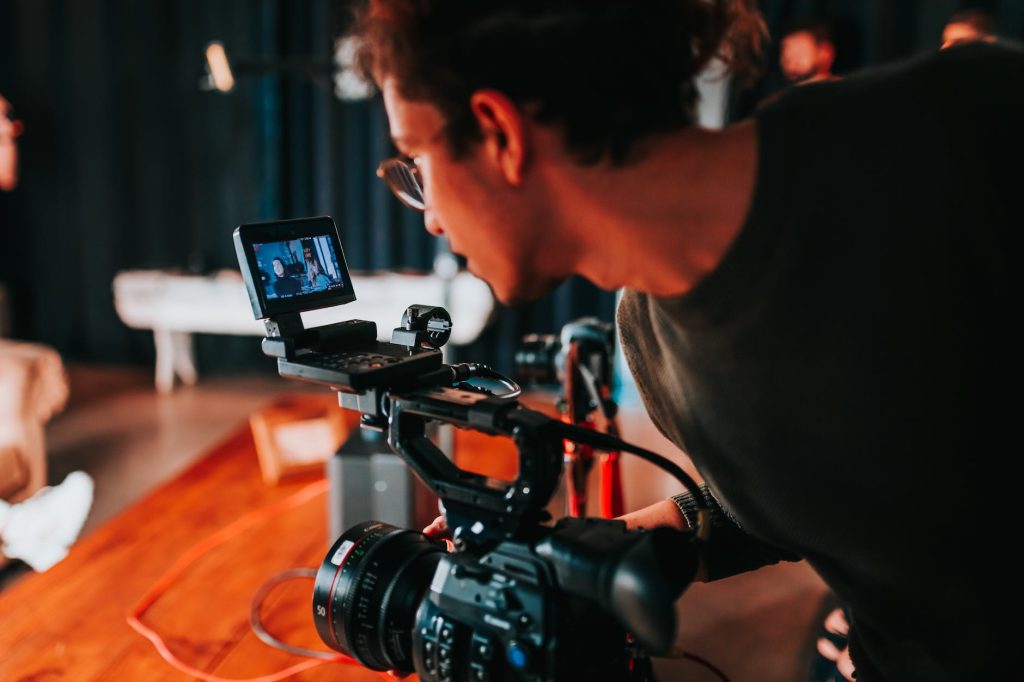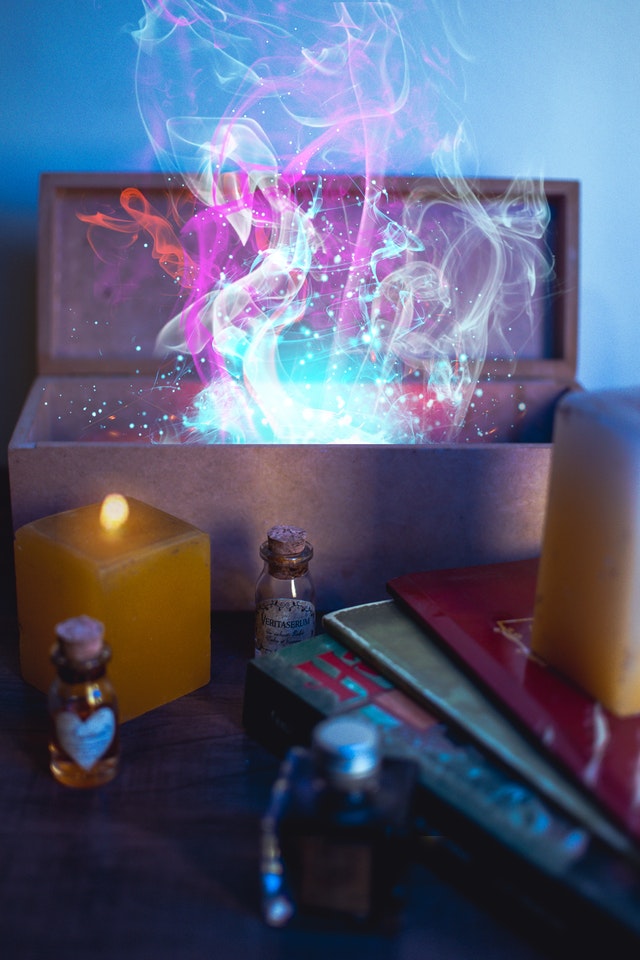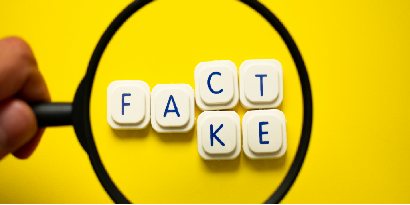Product photography is an essential component of e-commerce. Your product images are the first impression potential customers have of your products, and they can make or break a sale. Good product photography captures the attention of potential buyers, highlights the product’s features and benefits, and inspires them to make a purchase. However, there are some common mistakes that many photographers make that can negatively impact the quality of their product photos. In this article, we will discuss these mistakes and how to fix them.
Tabletop photography is a common technique for capturing images of small products lying on a flat surface or table. It effectively showcases the product’s texture and color by highlighting its features and details.
Lighting Mistakes in Product Photography
The most critical element of product photography is lighting. Poor lighting can result in dark or blurry images, unflattering shadows, or color distortion. Here are some common lighting mistakes and how to fix them:
Not Enough Light
Insufficient light is one of the most common mistakes in product photography. Without adequate light, the photos will be underexposed and dark. To fix this problem, you can use studio lighting, natural light, or a combination of both. Make sure to position the lights correctly to highlight the product’s best features.
Harsh Shadows
Harsh shadows are another common lighting mistake in product photography. Shadows can obscure details or create unflattering contrast. To fix this problem, use diffused lighting, such as a softbox or umbrella, to create softer shadows. If you are using natural light, try shooting during the golden hours (early morning or late afternoon) when the light is softer.

Composition Mistakes in Product Photography
Composition is another crucial element of product photography. Moreover, good composition highlights the product’s features and makes it more visually appealing. Here are some common composition mistakes and how to fix them:
Cluttered Backgrounds
A cluttered background can distract from the product and make the photo look messy. To fix this problem, use a plain background that complements the product. A white or black background is a popular choice for product photography, but you can also use colored backgrounds or textured surfaces for a more unique look.
Crooked Horizon Lines
A crooked horizon line can make a photo look unprofessional and off-balance. To fix this problem, use a tripod to keep the camera level, or use the grid lines in your camera’s viewfinder to ensure that the horizon line is straight.
Equipment Mistakes in Product Photography
Using the right equipment can make a big difference in the quality of your product photos. Here are some common equipment mistakes and how to fix them:
Using the Wrong Lens
Using the wrong lens can result in distorted or unflattering images. For product photography, a macro lens or a lens with a focal length of 50mm or higher is ideal. Also, these lenses allow you to capture the product’s details and make it look more appealing.
Not Using a Tripod
Not using a tripod can result in blurry images or crooked horizon lines. Using a tripod ensures that your camera is steady, and your photos are sharp and in focus.
Editing Mistakes in Product Photography
Editing is the final step in product photography. Furthermore, editing can enhance the photo’s colors, contrast, and sharpness, but it can also be overdone. Here are some common editing mistakes and how to fix them:
Over-saturating Colors
Over-saturating colors can make the product look unrealistic and unappealing. To fix this problem, adjust the saturation levels gradually until the colors look natural.
Over-sharpening Images
Over-sharpening images can create a halo effect around the edges of the product, making it look unnatural. To fix this problem, use the sharpening tool sparingly and gradually until the product’s edges look crisp but not over-sharpened.
Lighting Tips for Product Photography
- Use studio lighting, natural light, or a combination of both to ensure sufficient light for your product photos.
- Use diffused lighting, such as a softbox or umbrella, to create softer shadows and avoid harsh shadows.
- Shoot during the golden hours (early morning or late afternoon) to take advantage of natural light that is softer and more flattering.
Composition and Equipment Tips for Product Photography
- Use a plain background that complements the product and does not distract from it.
- Keep the camera level using a tripod or the grid lines in your camera’s viewfinder to avoid crooked horizon lines.
- Use a macro lens or a lens with a focal length of 50mm or higher to capture the product’s details and make it look more appealing.
- Use a tripod to ensure that your camera is steady and your photos are sharp and in focus.
Conclusion
In conclusion, mastering product photography requires attention to detail, a good understanding of lighting and composition, the right equipment, and a light touch when editing. Avoiding common mistakes such as insufficient lighting, cluttered backgrounds, and over-editing can help you create product images that are visually appealing, highlight the product’s features, and ultimately help you make more sales. By following the tips outlined in this article, you can improve the quality of your product photography and stand out in a crowded e-commerce market.




